Mary Shelley’s Frankenstein – and his monster – could well have been conceived on the banks of the Tay whilst their creator was living in Dundee.
She wrote in the introduction to her novel that her intention was “to make the reader dread to look round, to curdle the blood and quicken the beatings of the heart”.
She succeeded.
Shelley’s tale of Baron Frankenstein, who created a destructive monster from parts of corpses, has become one of the most influential novels of the past 200 years.
Frankenstein still has a ghoulish power – and has become a classic of the genre, spawning macabre movie after frightening film.
Indisputably the most famous Frankenstein film of all is the 1931 feature, still regarded as a classic, starring a then little-known British actor called William Henry Pratt.
He, of course, became better known as Boris Karloff.
What are Dundee’s connections to Shelley’s Frankenstein?
First published anonymously in 1818, Frankenstein is believed to have been heavily influenced by Shelley’s time in Dundee and includes a journey to Orkney.
While the connection to the Northern Isles is undeniable, as Victor Frankenstein creates a new monster on a remote, isolated island in an attempt to right the wrongs of his first creature; the ties to the City of Discovery are more cryptic.
Sàr-sgeòil: Frankenstein – produced by Caledonia TV for BBC ALBA’s literary series – is an hour-long look at the origins of Shelley’s iconic book and delves deeper into the story of its connections to Dundee.
Cathy MacDonald presents as she travels to Dundee to speak to local experts and fans of Shelley’s finest work – believed to be one of the earliest examples of science fiction, written at a time when science itself was advancing at a rapid rate.
There Cathy finds tales that run as deep as the Tay and where a young Shelley spent her formative years living with 19th century jute barons, the Baxter family.
It was mused that Shelley, born into an academic and influential family to mother Mary Wollstonecraft and father William Godwin, went to Dundee for reasons of education and health.
However, it is also suggested a teenage Shelley – whose mother died shortly after childbirth – was sent north from London to put distance between her and love interest, poet Percy Shelley, whom she would later marry.
The Dundee of the early 1800s, that Shelley observed, was a growing industrial settlement.
In the introduction to the 1831 edition, Shelley wrote: “I lived principally in the country as a girl, and passed a considerable time in Scotland.
“I made occasional visits to the more picturesque parts; but my habitual residence was on the blank and dreary northern shores of the Tay near Dundee.
“It was beneath the trees of the grounds belonging to our house or on the bleak sides of the woodless mountains near that my true compositions, the airy flights of my imagination were born and fostered.”
Living with the Baxter family in Dundee
It is even suggested Shelley, who is believed to have lived in a house near what is now Dundee’s South Baffin Street, took her inspiration from the whalers and the ships coming back into port.
Speaking to Cathy, Dr Daniel Cook of the University of Dundee, set the scene at the time, including “The Cottage” where Shelley lived with William Baxter and his family.
Dr Cook also spoke about the Frankenstein Steps – that were attached to the now-demolished mansion. The steps, however, remain standing to this day.
He said: “There are two major theories about The Frankenstein Steps.
“One is it’s located exactly where ‘The Cottage’ would’ve been in which Mary Shelley lived while in Dundee.
“The other theory, which is quite popular with locals, is that it’s really named after the Boris Karloff movie – Frankenstein (1931) – because the Royal Cinema was located there as well and that was a big source of pride.
“It was one of the first places in the world to screen the movie.
“The Cottage, unfortunately, no longer stands. It was demolished in the 1890s, in the spirit of progress and is now the site of tenement buildings.
“It might’ve been named that with classic Dundee humour, a kind of ironic nickname and it would’ve been in the grounds of an acre, perhaps as many as four acres.
“I think she would’ve been very comfortable there.”
Dr Cook added: “There is certainly a sense that the sailors and the seamen and shipmen and people involved in that industry would have been known to Mary through family connections.
“The Baxter family did have their hand in all kinds of industries… and overlooking the harbour, the sounds, the smells, everything would’ve been there.”
It wasn’t just the industry of Dundee that had an impact on Mary, but the morbid, darker side of the city, too.
Arriving in Dundee shortly after plague and the Battle of Culloden scarred a generation, Shelley also heard stories of witch-burning and grave-robbing in Scotland.
Cathy speaks to academics such as Dr Peter Mackay and Thomas Elliott, author Mairi Kidd and local arts enthusiast John Morrison about 19th century Dundee and Shelley’s place in it.
Cathy visits The Howff – a city centre cemetery that dates back to the 16th century – and hears tales of similar graveyards that were raided by resurrectionists, who sold body parts to anatomy classes of the day.
Shelley’s story would haunt and define her
Speeding things up to the present day, Cathy also hears from Professor Chris Murray of the University of Dundee about the evolution of Frankenstein into comics.
She spent 15 months with the Baxter family in Dundee – staying in the South Baffin Street property which was originally constructed as the Countess of Strathmore’s dower house – before embarking on travels in Europe with Shelley.
He had already left his wife, though he was still married to her at the time.
In the summer of that year, and still aged just 18, Mary found herself in the Villa Diodati on the shores of Lake Geneva in a company which included Lord Byron and John William Polidori, the man credited with creating the vampire genre of fantasy fiction.
Byron’s reading of Fantasmagoriana in the atmospheric setting of the lightning storm-struck lake would prove to be the catalyst for the creation of two iconic works – Shelley’s Frankenstein and The Vampyre by Polidori – a tale which influenced Bram Stoker’s Dracula.
Shelley’s story would haunt and define her for the rest of her life.
Sàr-sgeòil: Frankenstein (Classic Tales: Frankenstein) airs on BBC ALBA on Thursday June 9 at 9pm and is available on BBC iPlayer for 30 days afterwards.
You might also like:
Burning ambition: How Dundee actress sang her way into the spotlight in The Wicker Man
Chariots of Fire at 40: St Andrews beach reshoot changed movie history
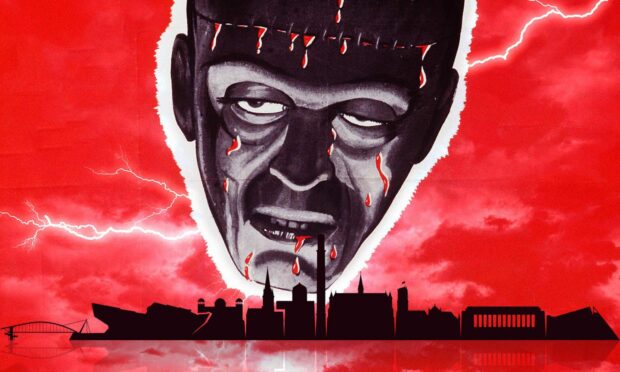
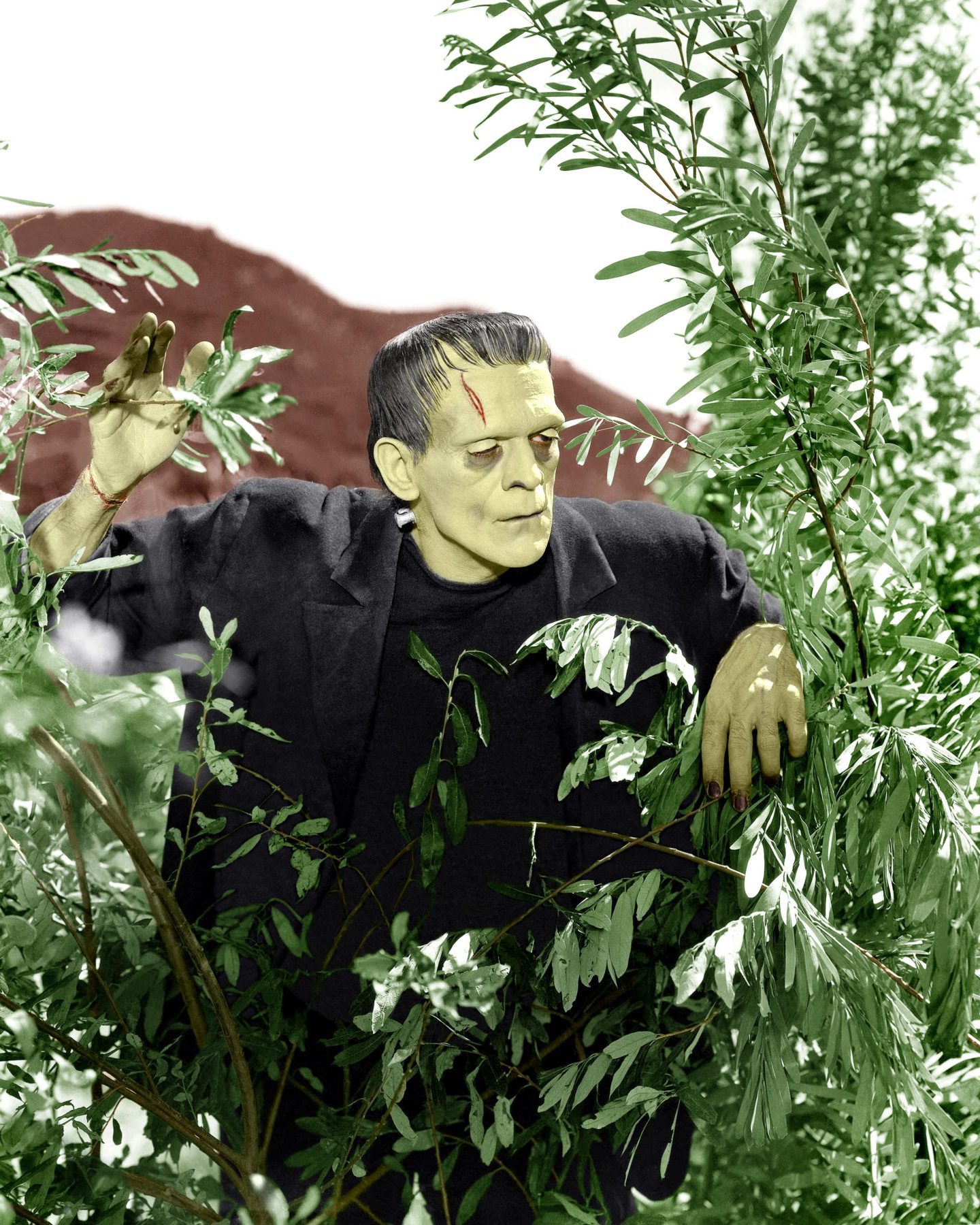
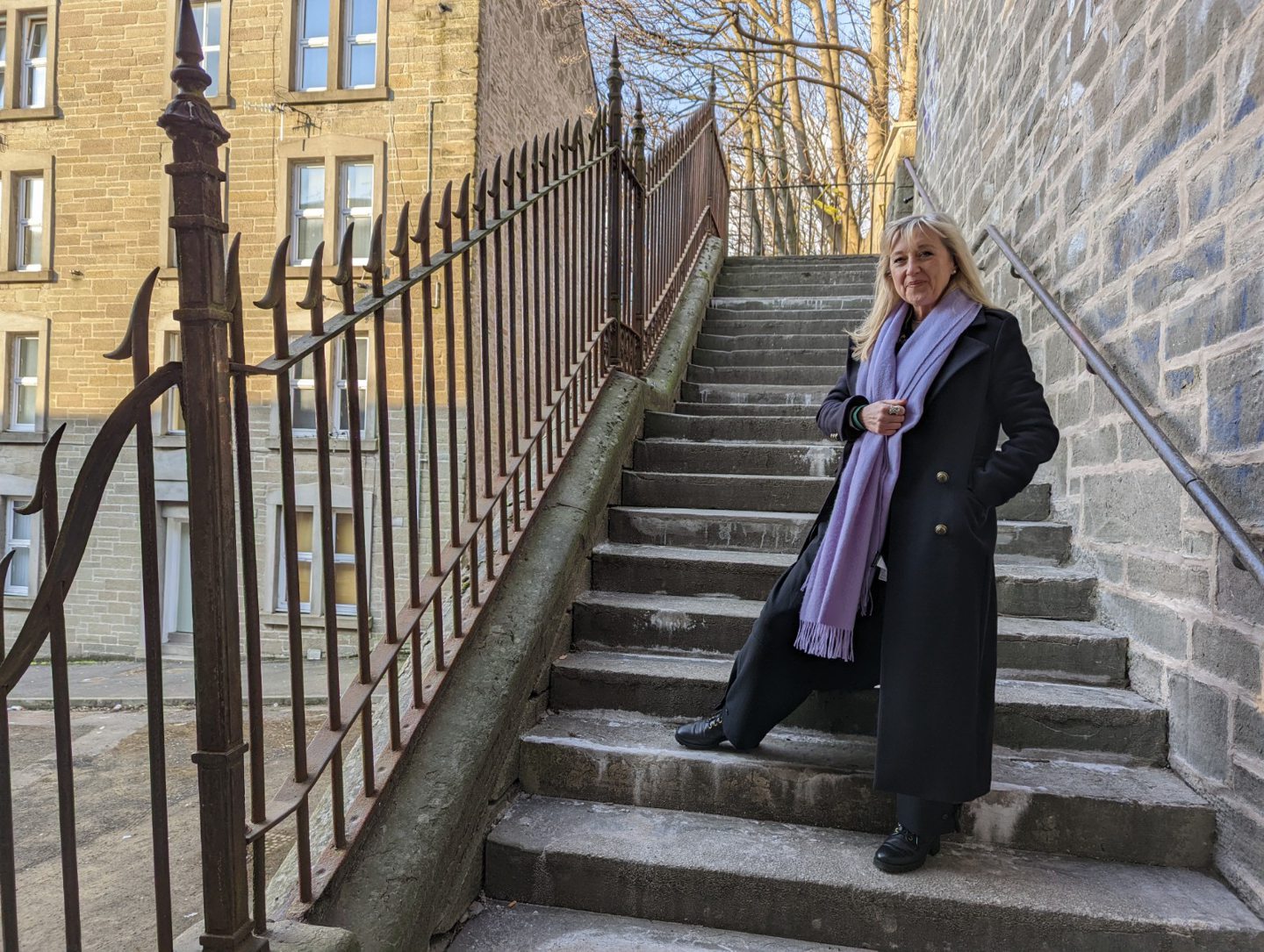
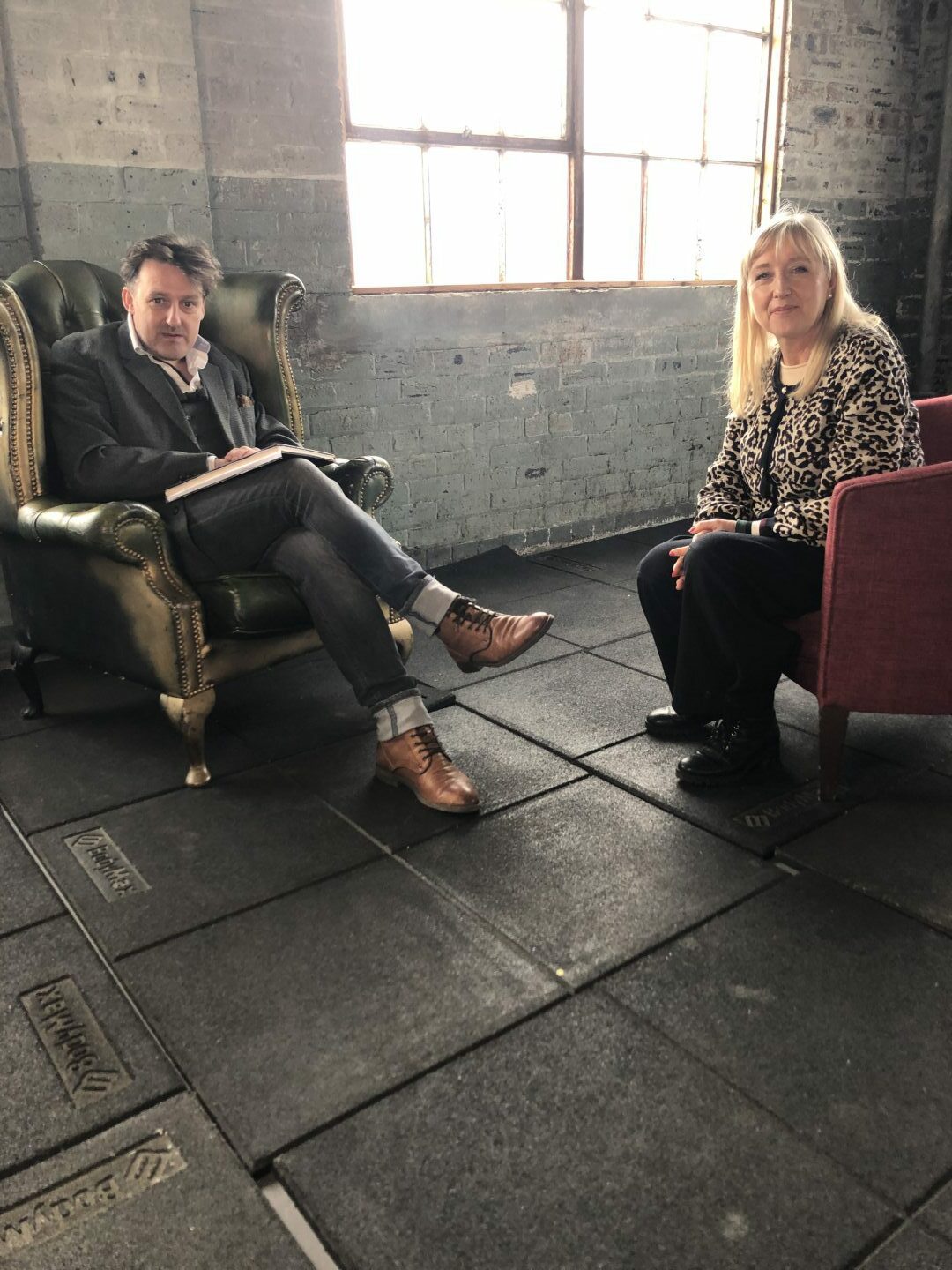
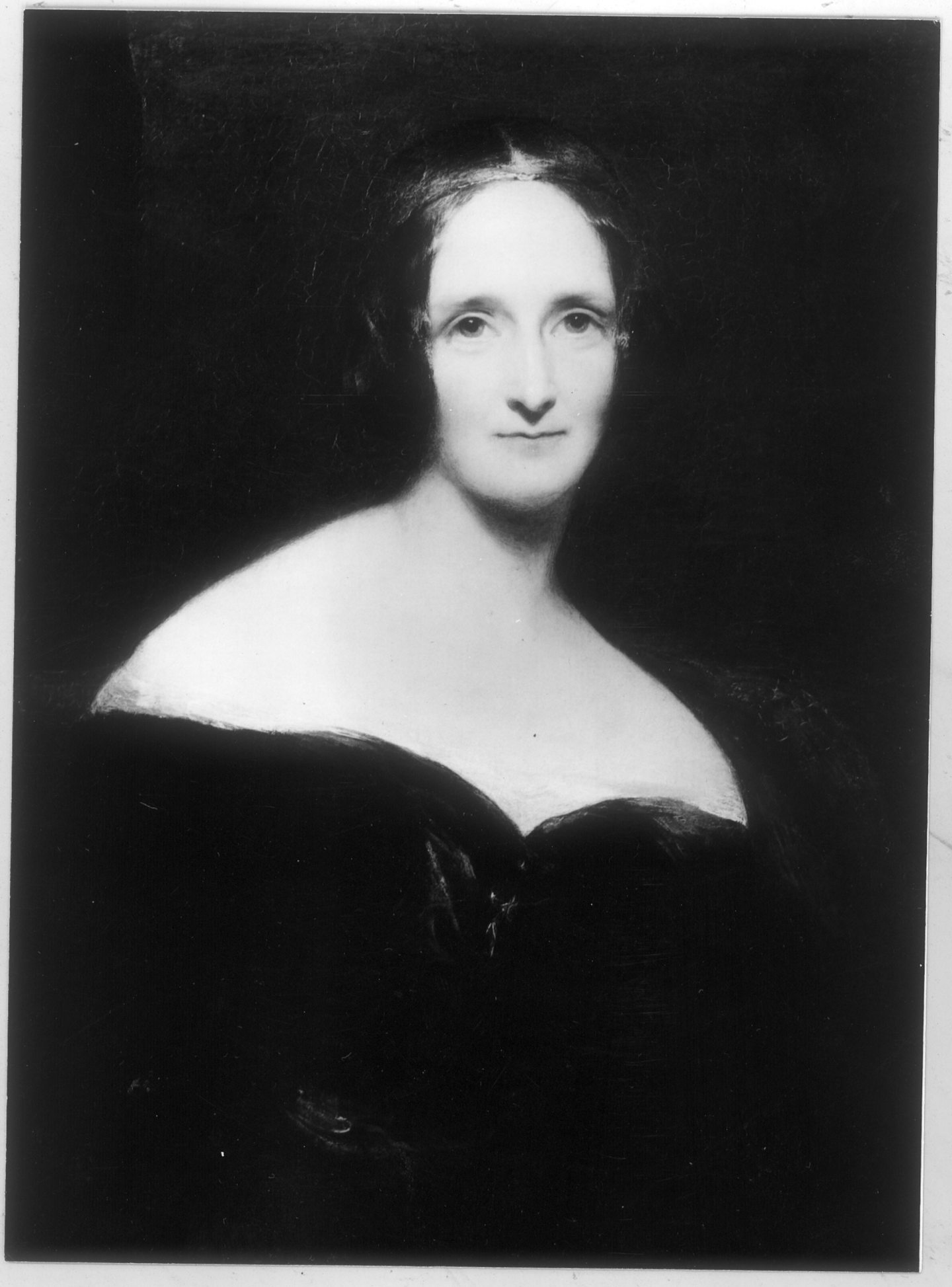










Conversation